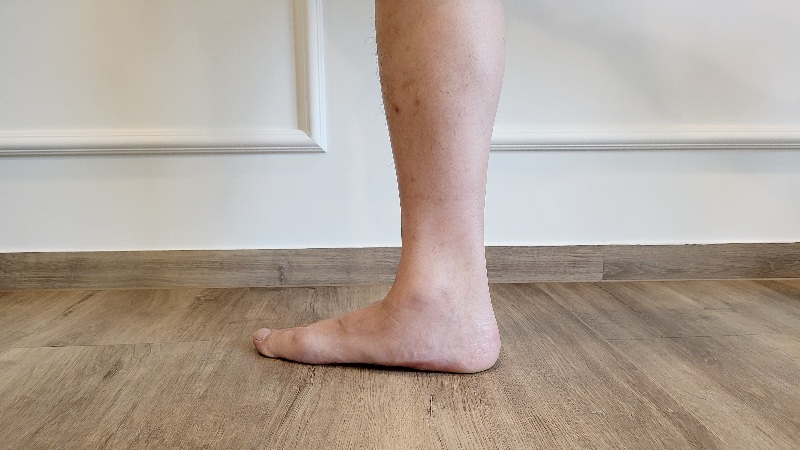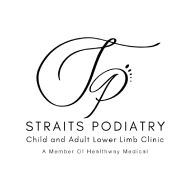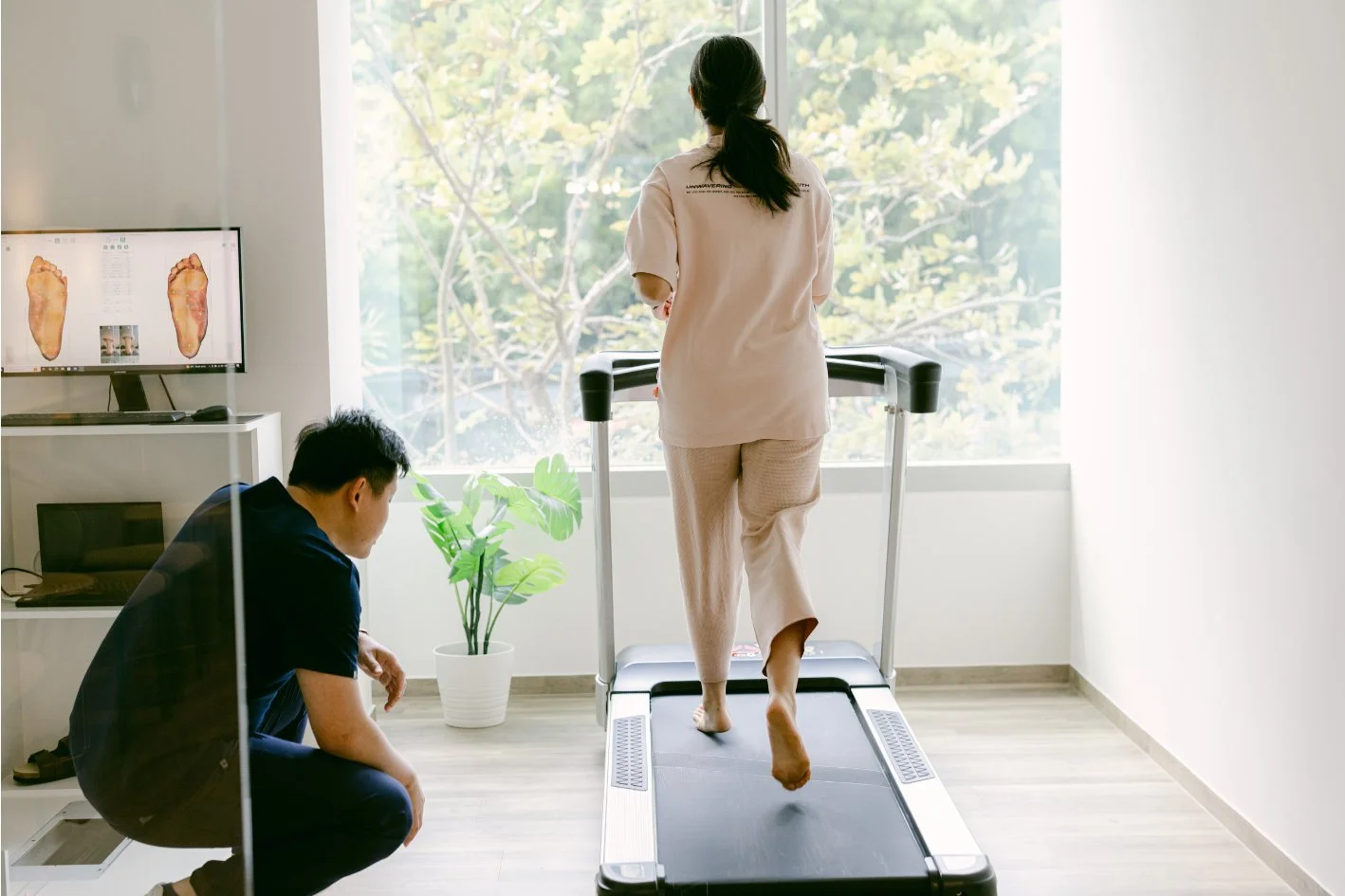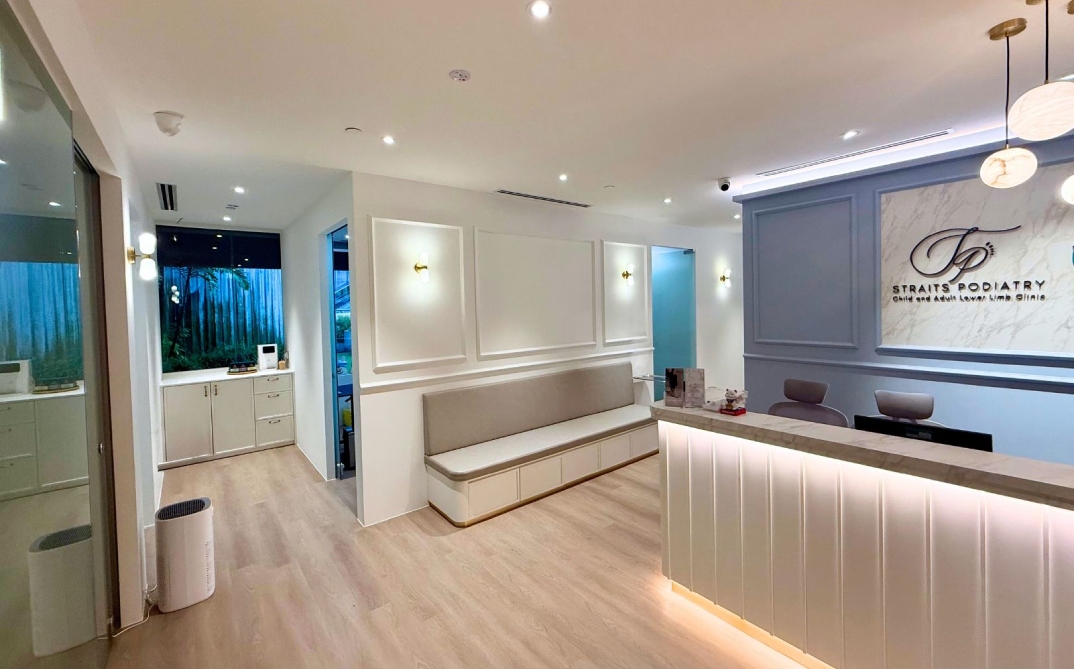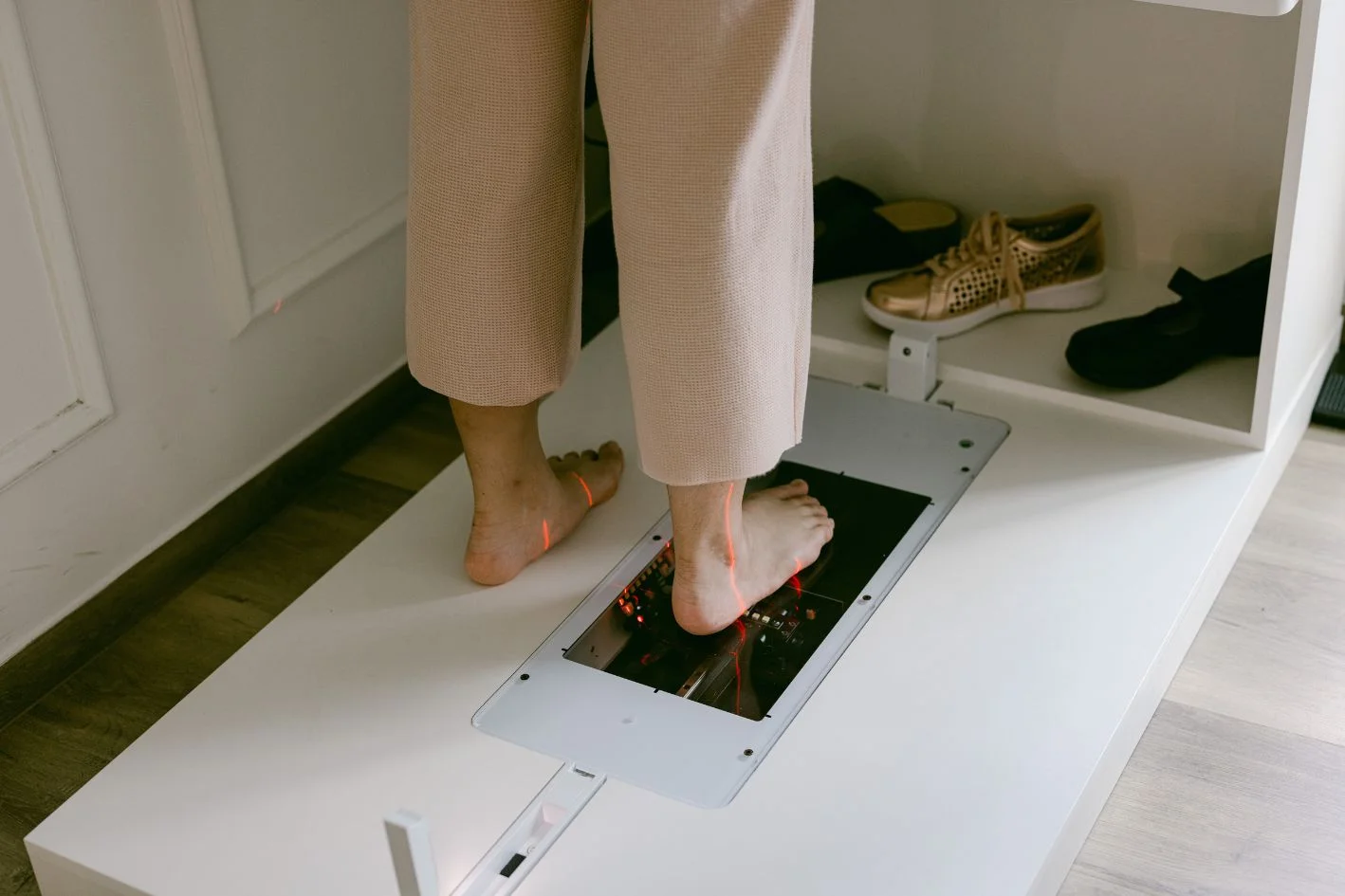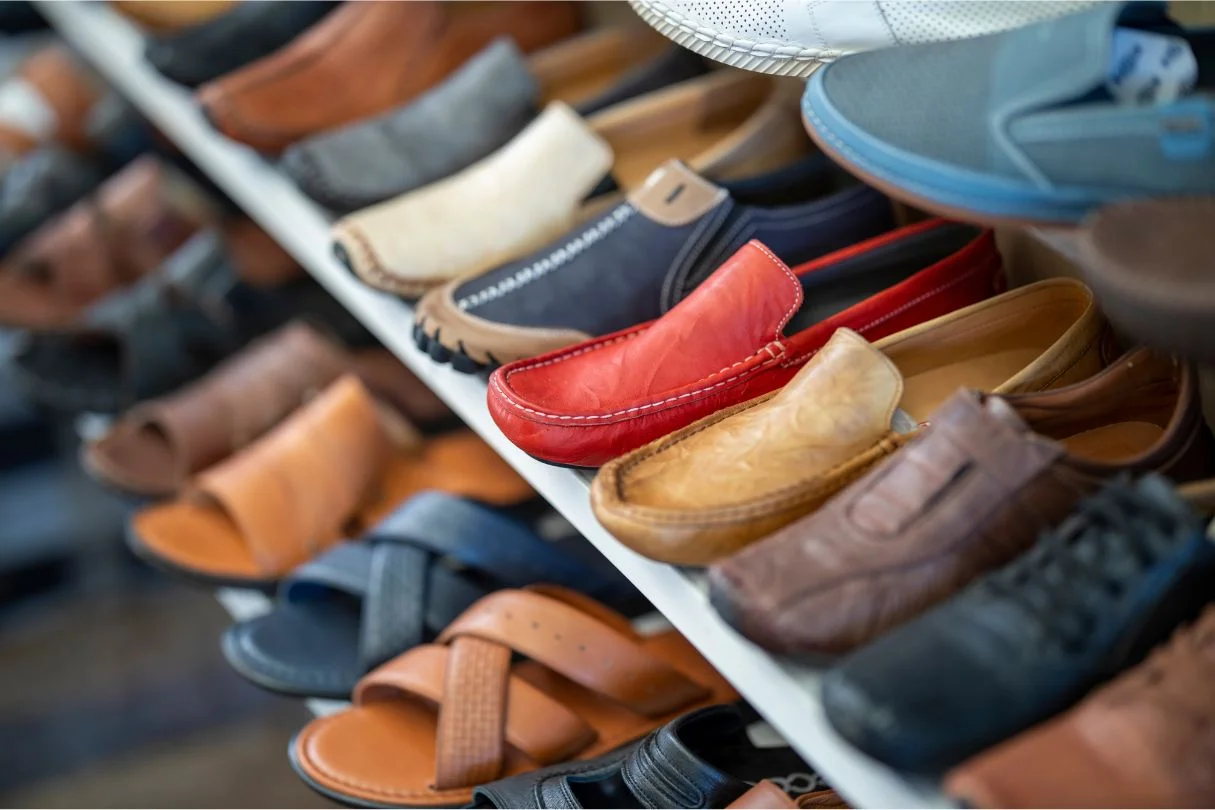Flat feet, also known as fallen arches, is a condition where the arch of the foot collapses, causing the entire foot to make contact with the ground. Flat feet in Singapore is extremely common and it affects millions of people around the world. In this article, we will discuss the causes, symptoms, and treatment options for flat feet in Singapore.
What are Flat Feet?
Flat feet, also known as pes planus, is a common condition where the arches of the feet are lower than normal or non-existent. This can lead to the entire foot making contact with the ground when standing or walking.
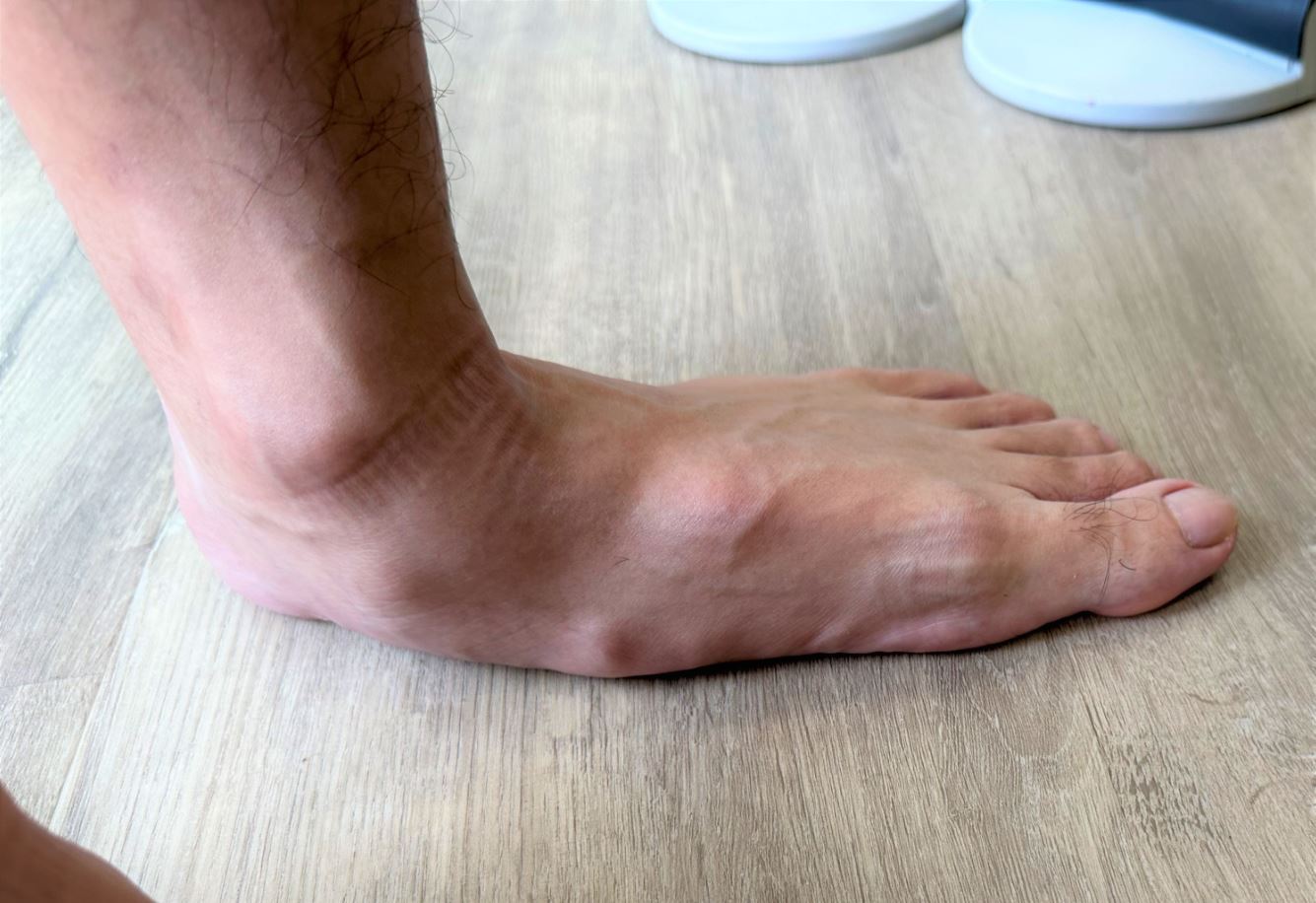
Causes of Flat Feet in Singapore
Flat feet can be caused by a variety of factors, including:
- Genetics: if flat feet run in your family, you may be more likely to develop the condition
- Injury: a foot or ankle injury can cause the arch to collapse, such as posterior tibial tendon dysfunction or Lisfranc injury
- Age: as we age, the tendons and ligaments in our feet can weaken, leading to flat feet
- Obesity: being overweight can put extra pressure on the feet, leading to flat feet
- Pregnancy: the extra weight and pressure on the feet, as well as hormonal changes during pregnancy, can cause the arch to collapse
Symptoms of Flat Feet in Singapore
Some people with flat feet may not experience any symptoms. However, others may experience:
- Pain in the feet, ankles, or legs, especially after standing or walking for long periods of time
- Swelling along the inside or outside of the ankle
- Difficulty standing on tiptoe
- Flat shoes that wear out quickly on the inside of the sole
- Foot or leg fatigue
Diagnosis of Flat Feet in Singapore
If you feel you have flat feet, see a podiatrist for an accurate diagnosis. The podiatrist will examine your feet and determine the extent of the deformity. This examination may include the use of 3D foot scans or X-rays. We have seen many patients who were told that they are flat-footed but are actually not. This is the reason why you should consult a Podiatrist always.
Treatment Options for Flat Feet in Singapore
Treatment for flat feet in Singapore depends on the severity of the condition. Additionally, the choice of treatment may also change if you are experiencing pain. Mild cases may be addressed with non-surgical options such as:
- Orthotics: custom-made shoe inserts can provide support for the arch and relieve pain
- Shockwave therapy: Shockwave therapies such as radial pressure wave therapy can help to relieve muscle tightness and fatigue caused by flat feet.
- Physical therapy: exercises can help strengthen the muscles in the feet and ankles
- Footwear: wearing shoes with good arch support can help alleviate pain and discomfort
In severe cases, surgery may be necessary to correct the flat foot deformity. However, this is only needed if non-surgical management options fails to help.
Prevention of Flat Feet in Singapore
Whilst most flat feet deformity cannot be prevented, preventing painful flat feet in Singapore is possible. You can try the following tips:
- Maintain a healthy weight to reduce the load on the feet
- Wear shoes that are correctly fitting and have sufficient support. (Read how to choose the right shoe for you)
- Perform foot and ankle exercises to strengthen the muscles in the feet
FAQs about Flat Feet
What are the causes of flat feet?
Flat feet can be caused by a variety of factors, including genetics, injury, and wear and tear over time. Some people are born with flat feet, while others develop them over time due to a variety of reasons, such as obesity, pregnancy, or ankle injury.
Can flat feet cause pain?
Flat feet can cause pain, especially if the condition is left untreated. The lack of arch support can cause strain on the muscles, tendons, and ligaments in the foot and leg, leading to pain and discomfort. Additionally, flat feet can cause other foot problems, such as plantar fasciitis and Achilles tendonitis.
How are flat feet diagnosed?
Flat feet can be diagnosed through a physical examination by a podiatrist or other healthcare professional. The healthcare professional will examine the foot and observe how it functions during movement. In some cases, imaging tests such as X-rays may be needed to further evaluate the condition.
How are flat feet managed?
Management options for flat feet typically involves non-surgical measures, such as custom orthotics, supportive footwear, and physical therapy. However, in severely painful cases, surgery may be necessary to correct the condition.
Can flat feet be prevented?
While most cases of flat feet cannot be prevented, pain can be prevented by maintaining a healthy weight, wearing supportive footwear, and engaging in exercises to strengthen the foot and ankle muscles.
Conclusion
Flat feet can cause pain and discomfort, but with proper diagnosis and management, it is a condition that can be alleviated. If you are experiencing pain or discomfort in your feet, it is important to see a healthcare professional for evaluation and treatment.
At Straits Podiatry, we specialize in diagnosing and managing a variety of foot and ankle conditions, including flat feet. Our team of highly skilled and experienced podiatrists is dedicated to providing personalized care to each of our patients. Contact us today to schedule an appointment and take the first step towards better foot health.
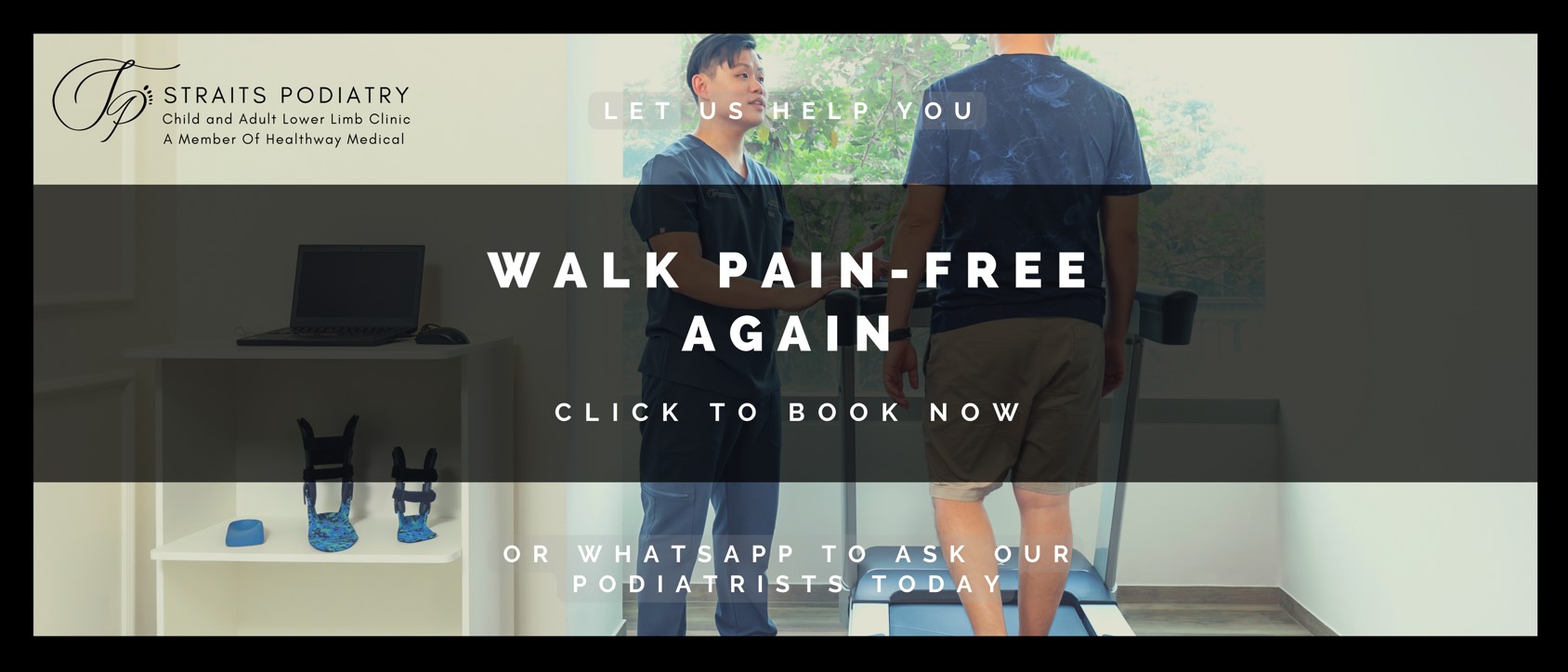
Jackie Tey
Chief Podiatrist, B.Pod(Hons). Your foot and lower limb specialist passionate about raising awareness for foot and lower limb health.

